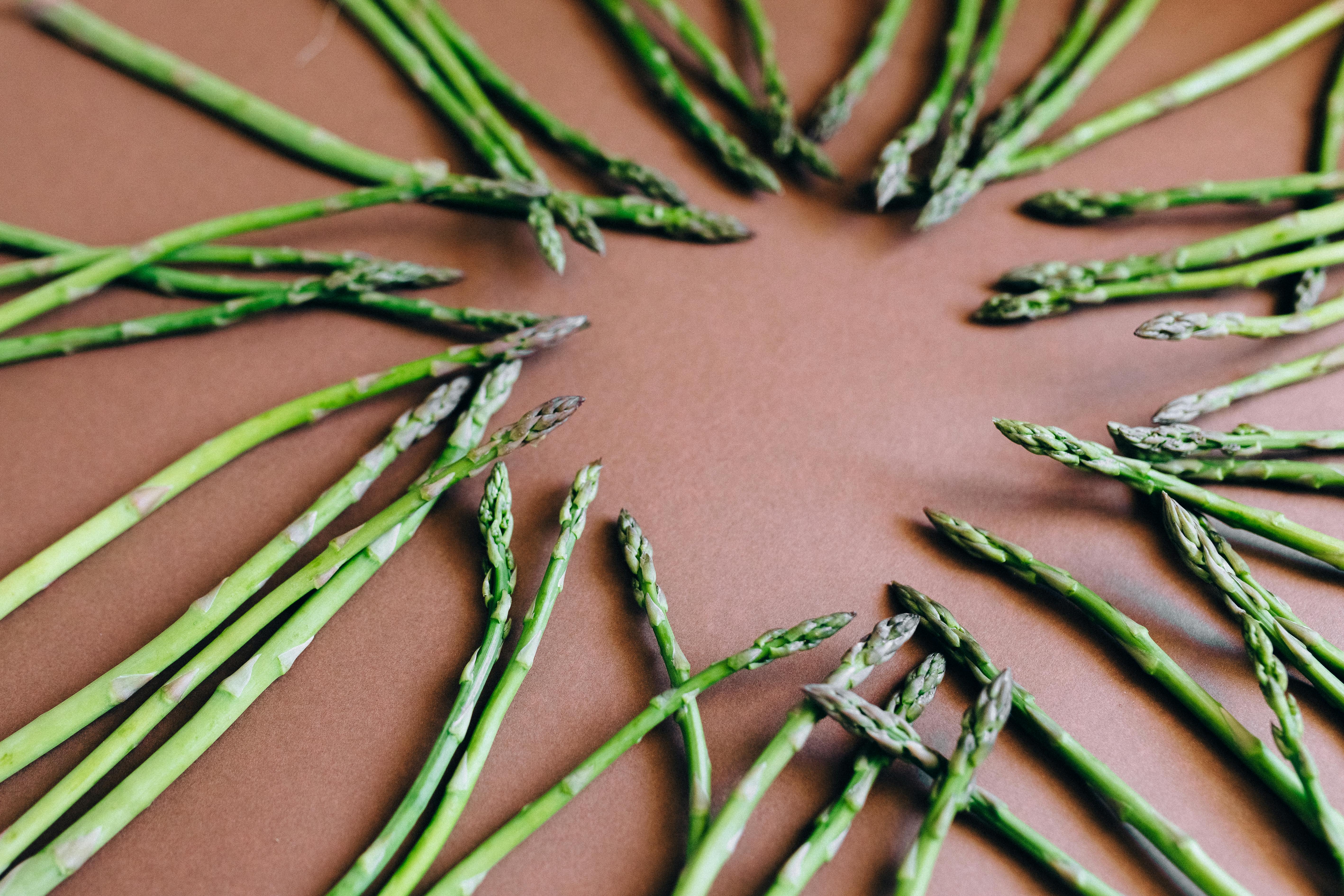Porcelain was first discovered in China during the Tang dynasty, which reigned from 618 to 907 AD. Of all the ceramic materials, it took the longest to develop due to the high temperature at which it must be fired. It is made of clay that contains two substances: kaolin and petuntse, the latter only found in China. Since China was the first country to develop the technique of making fine porcelain, we call many porcelain items “china” today.
The first thing anyone thinks of when thinking of china is fine vases, plates, figurines, and other decorative items. During China’s Song Dynasty (960 – 1279 AD), royal factories were built to produce porcelain pieces for use in royal palaces. Eventually, the techniques began to spread to other countries, but fine bone china still holds the standard of quality by which all other porcelain is measured. In fact, fine porcelain collectors still consider works produced during the Ming and Qing dynasties to be the highest quality ever created.
Although many companies around the world, such as Lenox, Rosenthal, and Noritake, continue to make decorative porcelain items today, many other uses for the material have been found in a number of applications. One of the best-known uses for porcelain today is for dental bridges and veneers. Used in a very fine state, porcelain resists stains better than other materials and more closely resembles the light-reflective properties of real teeth.
In architectural use, porcelain enamel is being used as a coating in high-quality building applications, both for interiors and exteriors. All types of buildings, including homes, day care centers, office complexes, museums, and skyscrapers, use this glaze in their designs. It is also used as a combination material for walls and writing boards in school classrooms, in signs and dividers in restrooms, and as a lining for tunnels and subway stations. It is a perfect material for use in tunnels and subways, because the finish is strong enough not to be damaged by exhaust fumes and graffiti.
Of course, we are all familiar with porcelain tiles that are used in many different applications. They can be used on floors and walls, both indoors and outdoors. They are great in bathrooms and kitchens where humidity is a problem, because they are naturally resistant to water. These tiles are also very beautiful and come in a variety of colors, styles, and sizes. Porcelain makes the floors extremely durable, as can be attested by the old mosaic floors that still look beautiful centuries after they were installed.
In our homes we owe the beauty and functionality of many basic elements to porcelain enamel. Bathtubs, sinks, toilets, stoves, washers and dryers, water heaters, grills, and ovens are all lined with porcelain enamel. Not only does it make them look good, but it has properties that make it an excellent choice for these applications. Because it won’t stain, scratch, absorb moisture, be damaged by chemical cleaning products, or rust, it provides a surface that keeps our appliances and bathroom fixtures looking good longer.
Porcelain also plays an important role in manufacturing, food production, agricultural uses, petrochemicals, and even municipal wastewater facilities. As modern scientists continue to find more uses for porcelain materials, use will continue to increase over the decades.



